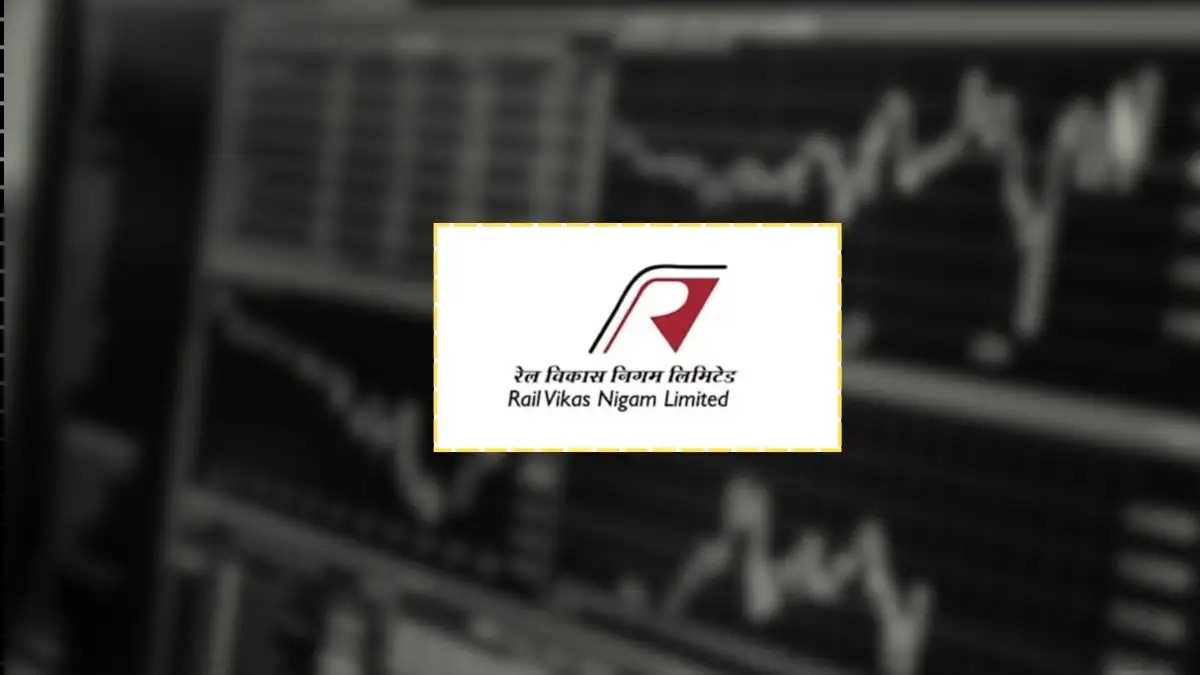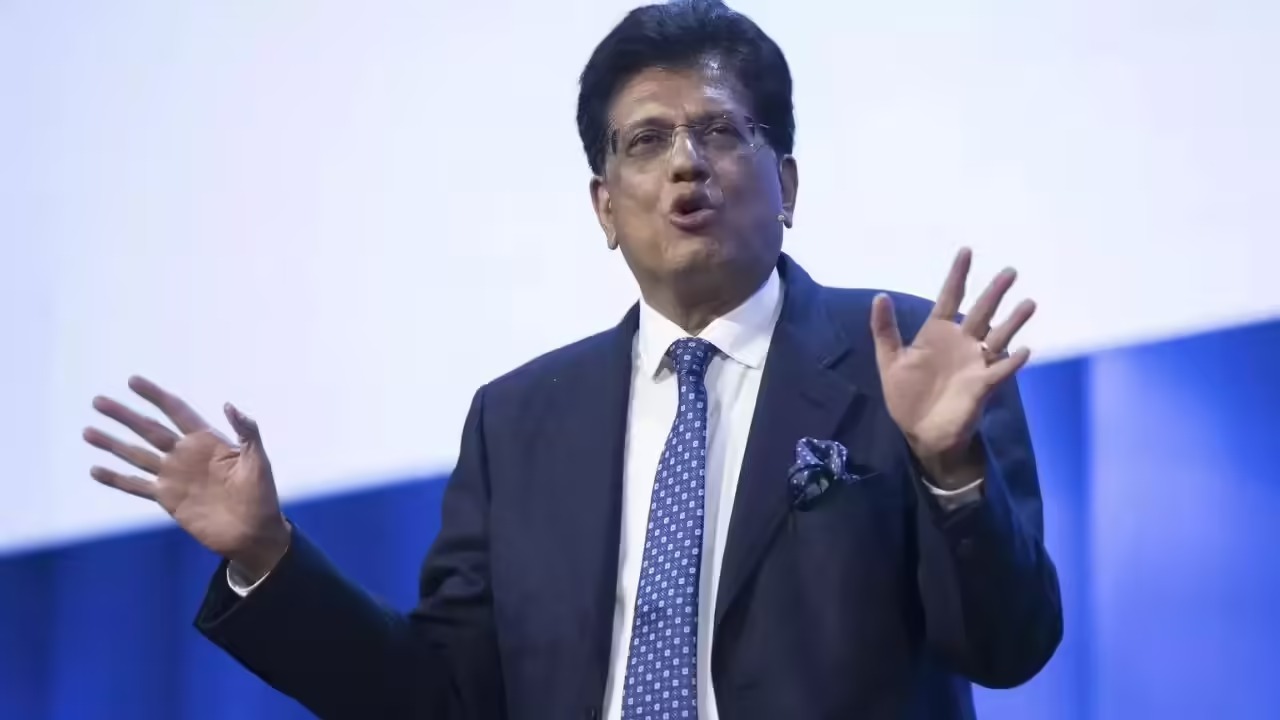In a landmark move poised to reshape India’s railway manufacturing landscape, Texmaco Rail & Engineering Ltd. has formally approved a joint venture (JV) agreement with Rail Vikas Nigam Ltd. (RVNL), a Navratna public sector enterprise under the Ministry of Railways. The JV, valued at ₹49 million, will focus on the manufacture and maintenance of rolling stock, a critical component of India’s rail infrastructure modernization.
The deal, expected to close by December 2025, marks a strategic alignment between Texmaco’s century-old engineering expertise and RVNL’s execution excellence in railway infrastructure projects. Texmaco will hold a 49% stake in the JV, while RVNL will retain the majority share, ensuring a balanced partnership that leverages both public and private sector strengths.
A Strategic Leap for Indian Railways
The JV aims to bolster India’s domestic capabilities in producing freight wagons, metro coaches, and self-propelled bogies such as VB, EMU, and MEMU variants. This initiative aligns with national priorities like “Make in India” and “Atmanirbhar Bharat”, which emphasize indigenous manufacturing and reduced import dependency.
“This JV is not just a business deal—it’s a strategic leap toward transforming India’s railway manufacturing ecosystem,” said Sudipta Mukherjee, Managing Director of Texmaco Rail & Engineering Ltd.
The collaboration will also explore Operation and Maintenance (O&M) services for rolling stock and railway workshops, enhancing asset performance and lifecycle support across India’s expanding rail network.
Deal Dynamics and Financials
Texmaco’s acquisition cost of ₹49 million reflects its commitment to long-term value creation through strategic partnerships. The JV structure allows Texmaco to tap into RVNL’s pipeline of infrastructure projects while contributing its manufacturing prowess and engineering innovation.
The deal is expected to unlock:
-
Joint bidding opportunities for EPC contracts
-
Access to underutilized railway manufacturing units
-
Development of advanced wheelset and bogie production facilities
-
Expansion into metro and urban rail segments
RVNL, known for its execution of large-scale railway projects, brings deep institutional knowledge and access to government tenders, while Texmaco contributes decades of experience in rolling stock design, fabrication, and testing.
Global Ambitions and Local Impact
Beyond domestic goals, the JV is eyeing global expansion, with plans to participate in international tenders and export rolling stock to emerging markets. The partnership will prioritize technology transfer, localization, and integration of domestic supply chains, ensuring that India becomes a competitive player in the global railway manufacturing arena.
“By combining RVNL’s infrastructure capabilities with Texmaco’s manufacturing excellence, we are confident of delivering innovative, cost-effective, and future-ready solutions,” said Pardeep Gaur, Chairman & Managing Director of RVNL.
The JV will also revive underutilized manufacturing units under the Ministry of Railways, repurposing them for high-tech production and reducing reliance on imports.
Manufacturing Revival and Innovation
Key focus areas of the JV include:
-
Wheelset and Bogie Manufacturing: Establishing new facilities with advanced automation and quality control systems.
-
Metro Coach Production: Supporting India’s rapid urbanization with locally built metro trainsets.
-
EPC Execution: Collaborating on track laying, electrification, and allied civil infrastructure projects.
The partnership is expected to generate employment, stimulate regional economies, and contribute to India’s goal of becoming a global hub for railway innovation.
Market Response and Outlook
Texmaco’s shares have shown resilience in recent months, buoyed by investor confidence in its strategic direction and operational turnaround. Analysts view the JV as a catalyst for long-term growth, especially as India ramps up investments in rail logistics and connectivity.
The deal also positions Texmaco to benefit from upcoming government initiatives, including the Gati Shakti Master Plan and National Rail Plan, which aim to modernize and expand India’s rail infrastructure by 2030.
Sources: Economic Times, Manufacturing Today India, Rail Analysis






